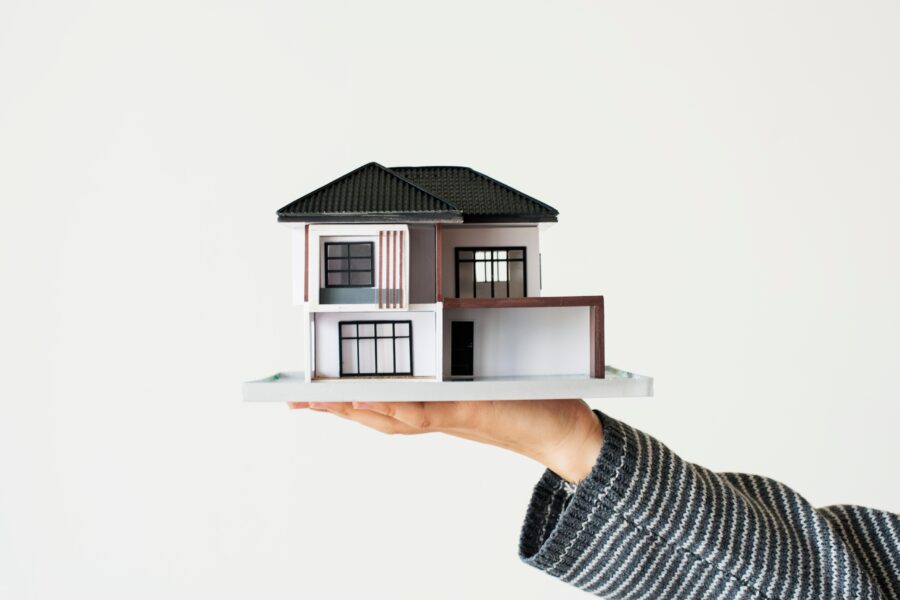
Importance of Vastu at the time of Home Designing
Initially presented for use in the construction of temples, the wisdom of Vaastu has achieved widespread popularity over time and is now commonly used within homes and other buildings. After people saw how effective it was, they started using it to design offices, hospitals, industries, schools and colleges. Today, there is a strong emphasis on making even vehicles as well gardens based on the principles of Vaastu. These techniques have also begun being applied in designing business cards.
Today, more and more people are turning to an ageless tradition for guidance when building their homes. The practice of Vastu Shastra began in ancient times as a way to bring peace and harmony into people’s lives by applying principles relating to physical space. These principles are now being utilized in contemporary homes that want to help family members maintain well-being while at home with promises of good health, growth and prosperity during the course of their lives.
In modern times, Vaastu Shastra has not changed much from its ancient version. It has simply been modified to fit different needs and circumstances in the present day. As it’s done in traditional methods, Vaastu Shastra requires that a structure be configured in a way that the positive energy flows with ease and the negative energies are blocked altogether so that one can achieve success in life. The two main components of contemporary Vaastu are constructing properties according to what shape they have and also which direction they face when standing at specific points on the property. The eight principles of Vaastu Shashtra include Aspect, Prospect, Privacy, Roominess, Grouping, Circulation of air and water, Sanitation and Flexibility. In addition to these components, the nine directions are considered equally important – East (Eesanya), West (Nyruthi), North (Vayuvya), South (Agneya), Center (Dhanuratha) and Downward direction (Gurudatha). Other points of consideration include 12 principles: Spatial Harmony or Balance, Exuding Positive energy for healthy living , Portico , Elements that naturally promote growth of all types , Fusion of focal point with effective holding space , Curvilinear forms fitting human body and contours that extend to infinity while embracing earth’s core forces .
Settling into a new home is exciting. There’s something about having your own address under your name for the first time that gives you a sense of pride and accomplishment. It’s important to bring positive energy into the home, so here are some good tips for you:
● A well-designed name plate on your door is a good way to let your visitors know where the right room is!
● Do not paint the walls of your living room red or black; colors like blue and yellow are better suited for such rooms.
● If you place a mirror in front of your bed, remember that it has a tendency to enlarge everything that’s reflected in it and you might have trouble sleeping at night because of this.
● Never put a bathroom common wall with the kitchen or dining area because then the air circulation doesn’t happen due to which water stagnates there and causes germs, falling sick etc. A bathroom close to the kitchen is also difficult if more than one person want to use both facilities at the same time.
● Never store medicines in rooms accessible by children! Well, they shouldn’t be stored near children’s play areas anyway but if they are always near you never know when children will touch them.
The benefits of Vaastu Shastra lie in the fact that it establishes a simplistic connection between the physical environment and quality of life. This concept was established thousands of years ago, but only recently has it found its way into modern architecture and construction schools across India. Now, more than ever, people are interested in buying homes built according to Vaastu requirements and entrepreneurs who have licensed architects at their disposal are taking advantage of this phenomenon by including these design principles in their specifications as they’re sure it will attract more buyers.

